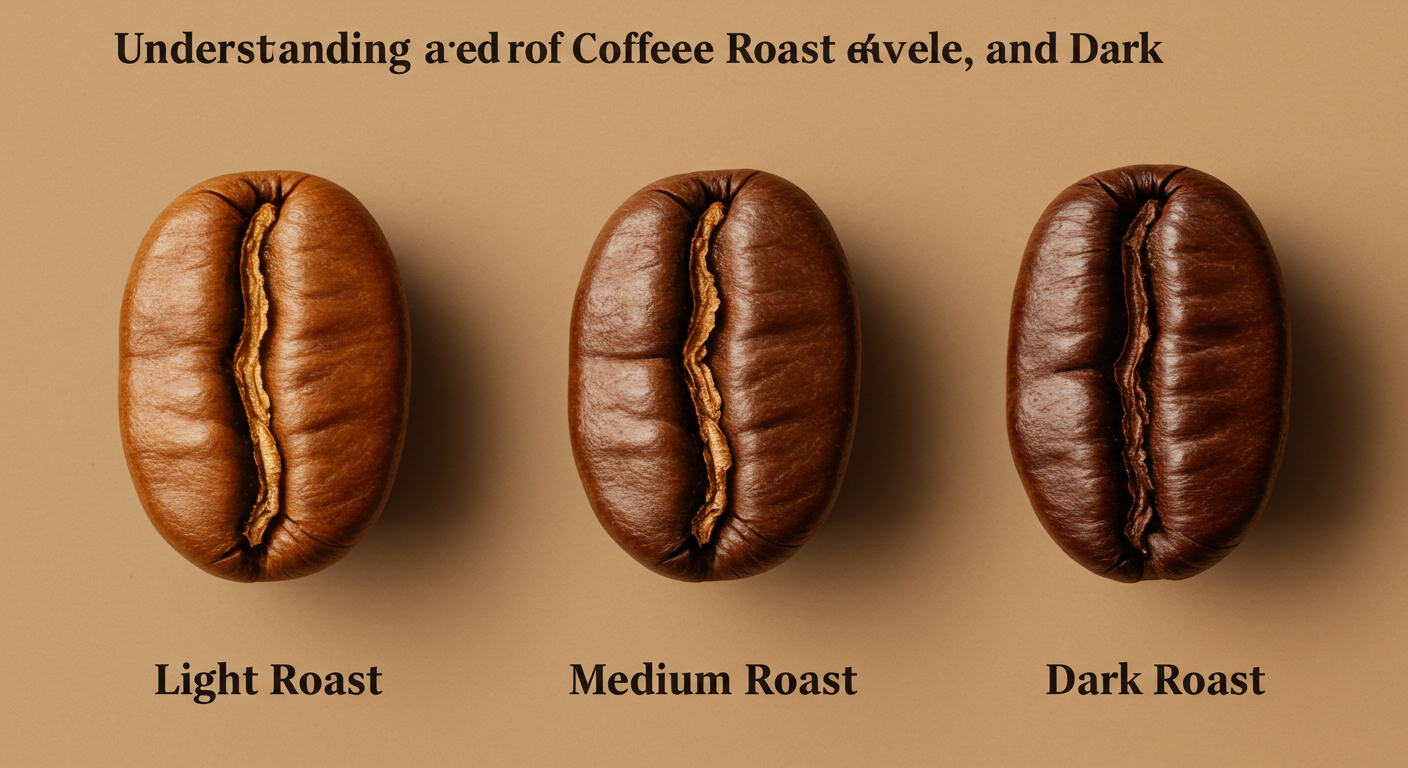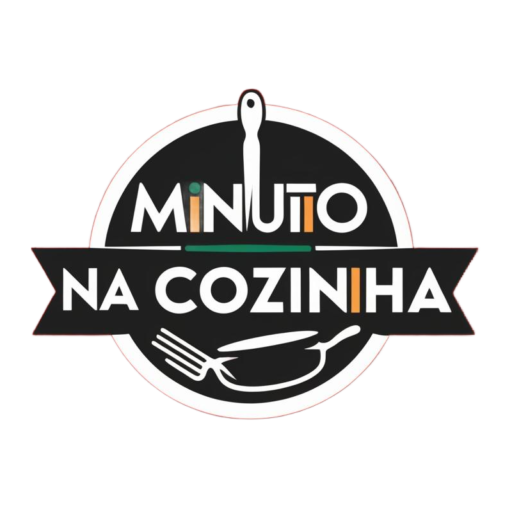When you pick up a bag of coffee, one of the first things you’ll notice is the roast level. Whether it says light, medium, or dark, that label gives you major insight into the flavor, aroma, and even the caffeine content of the coffee inside.
If you’ve ever wondered what those roast levels actually mean — or which one might be right for you — this guide breaks it all down in a clear, beginner-friendly way.
What Is Coffee Roasting?
Roasting is the process of applying heat to green coffee beans to transform them into the brown, aromatic beans we know and love.
During roasting, chemical changes happen:
- Moisture is removed
- Acids are released or transformed
- Natural sugars caramelize
- Oils start to appear (in darker roasts)
The length and temperature of the roast define the final profile of the bean.
Light Roast
Characteristics:
- Color: Light brown
- Surface: Dry, no visible oils
- Taste: Bright, acidic, fruity, floral
- Body: Lighter, tea-like
- Caffeine: Slightly higher than dark roast (contrary to popular belief)
Flavor Notes:
Light roasts tend to preserve the original flavor of the bean, which includes:
- Citrus
- Berry
- Floral or herbal notes
- A touch of sweetness
These are great for people who enjoy complex, delicate flavors and like to explore where their coffee comes from.
Common Light Roasts:
- Cinnamon Roast
- Half City
- New England Roast
Best Brewing Methods:
- Pour-over (like V60 or Chemex)
- AeroPress
- Cold brew (for a floral twist)
Medium Roast
Characteristics:
- Color: Medium brown
- Surface: Still dry
- Taste: Balanced, smooth, sweet
- Body: Fuller than light roast
- Caffeine: Slightly lower than light, but still strong
Flavor Notes:
Medium roasts offer a balance between the bean’s origin and the roasting process. You’ll taste:
- Caramel
- Nuts
- Chocolate
- Subtle acidity
They’re a fantastic middle ground — not too light, not too dark — making them perfect for most coffee drinkers.
Common Medium Roasts:
- American Roast
- City Roast
- Breakfast Blend
Best Brewing Methods:
- Drip coffee maker
- French press
- Moka pot
Dark Roast
Characteristics:
- Color: Deep brown, almost black
- Surface: Oily and shiny
- Taste: Bold, smoky, bitter, toasty
- Body: Full and heavy
- Caffeine: Slightly lower than lighter roasts
Flavor Notes:
The roast flavor dominates in dark roasts. Notes often include:
- Toasted nuts
- Bitter chocolate
- Smoke or ash
- Molasses
Dark roasts tend to mask the origin of the bean, which can be good for lower-grade beans but also for those who like a bold punch in their cup.
Common Dark Roasts:
- French Roast
- Italian Roast
- Espresso Roast
Best Brewing Methods:
- Espresso machine
- Moka pot
- French press (for strong coffee lovers)
Roast Level vs. Caffeine: The Truth
Many people assume dark roast has more caffeine because it tastes stronger — but that’s actually not true.
➡️ Light roast retains more of the bean’s original caffeine.
➡️ Dark roast loses a bit of caffeine during the longer roast time.
That said, the actual difference is minimal. Brew strength and quantity matter more than roast level alone.
Which Roast Should You Choose?
It depends on your taste preferences!
- Try light roast if you like fruity, tea-like flavors and want to taste origin characteristics.
- Go for medium roast if you’re new to coffee and want something smooth, sweet, and balanced.
- Choose dark roast if you enjoy bold, smoky, full-bodied coffee — especially with milk or sugar.
Also, don’t be afraid to experiment. Your favorite roast might change depending on your mood, the time of day, or how you brew it.
Bonus Tip: Look for Roast Date
Freshness matters more than roast level. Always check the roast date on the package. Coffee is best within 2 to 4 weeks of roasting, no matter if it’s light, medium, or dark.



